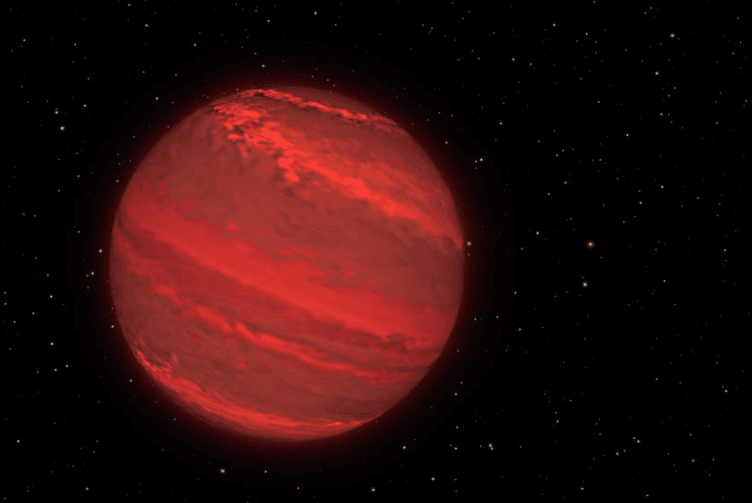The rotation rate of exoplanet 2M1207b has been measured using the Hubble Telescope.
The exoplanet has been called “super-Jupiter” by researchers due to its similarities to the planet.
Astronomers at NASA utilizing the telescope found that the exoplanet’s rotation rate—one rotation every 10 hours—is about the same fast rate as Jupiter.
At higher altitudes it rains glass, and at lower altitudes it rains iron.
, University of Arizona





